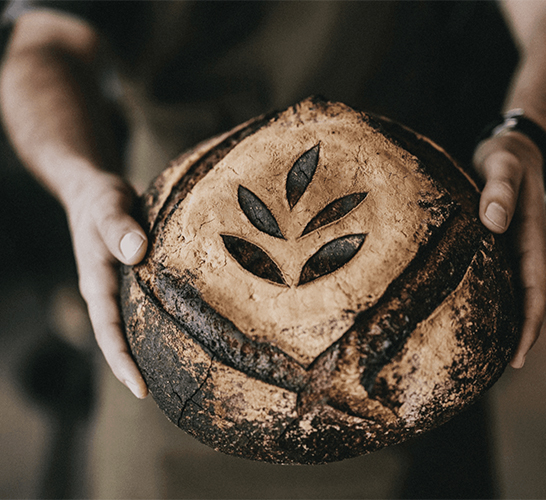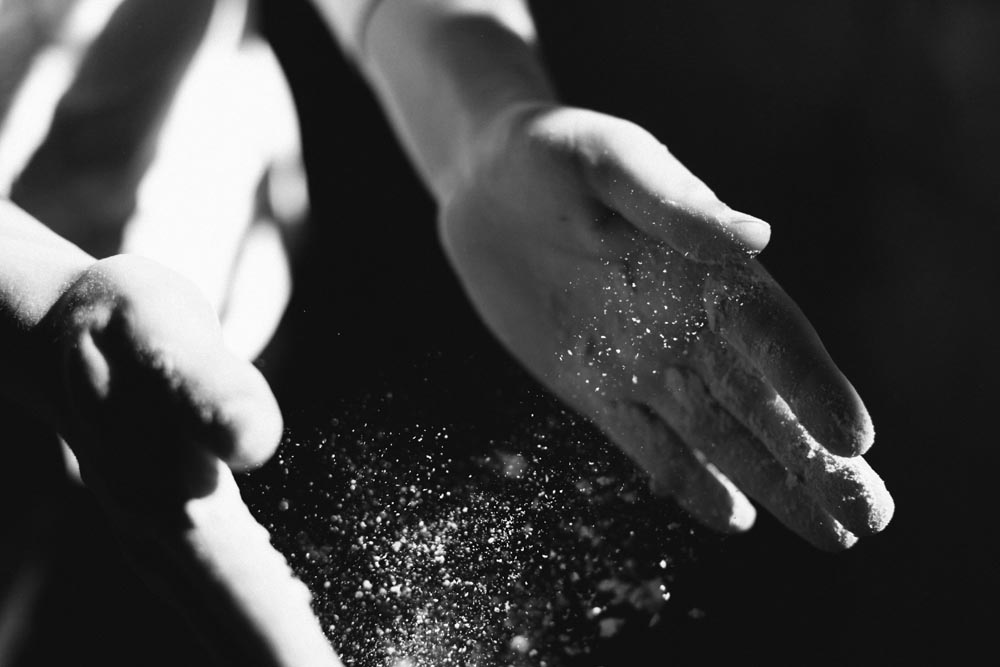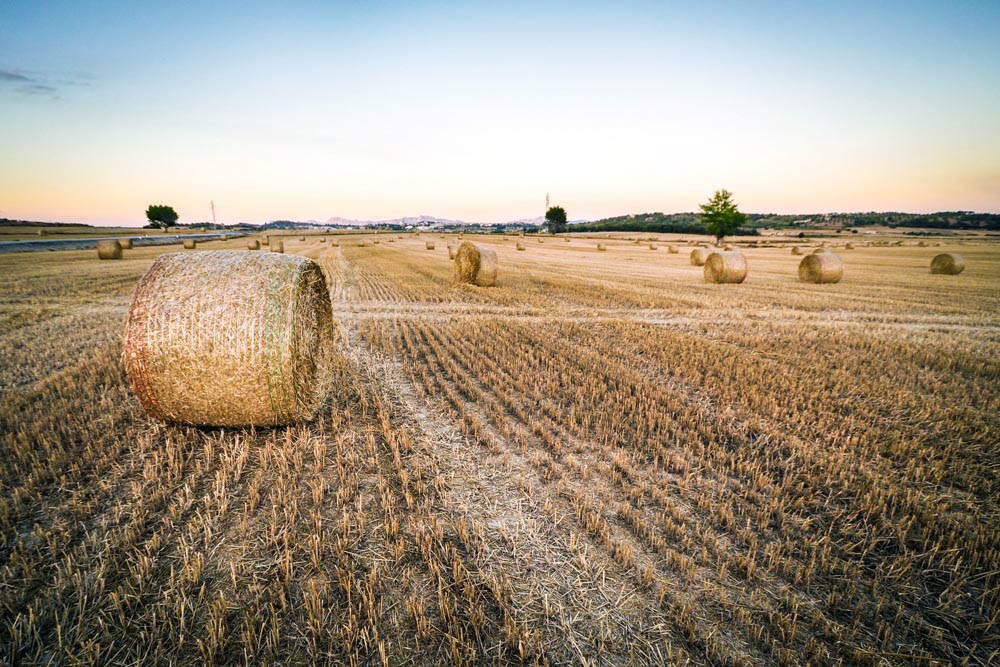We are the ones who rise early to share our passion with the world. With one eye on the past and one on the future, we are reinventing bakery culture.
+More info


“Europastry is a global company with a startup mindset. We are primarily bakers eager to transform bakery as we know it.”
Our approach to business,
to life

If it doesn’t challenge us, it won’t change us.

Our evolution has always focused on daring to dream about new ways of making things happen in the bakery industry. Tradition is in our DNA, and Innovation is at our core. Our attitude is audacious and bold. Challenges are our daily bread.
We are Brave.
Honoring the tradition and craft of baking, our curious spirit, and a never-ending search for innovation are the foundations of all our work.
We are Bakers.
Love
This
Earth

Sustainability
We all call this planet home, which means we all have a duty to protect it for ourselves and future generations. Agriculture, energy consumption, and transportation have some of the largest impacts on the environment; together with our suppliers and customers, we are leaders in positive changes in these fields.
Ideas,
Knowledge

Innovation
We are bakers 2.0. We're passionate about sharing our vision of baking through innovation. It's our driving force, allowing us to explore new paths and revolutionize our world.
Discover why Europastry takes innovation to the next level. We work relentlessly- striving for originality and honoring tradition.
+More info